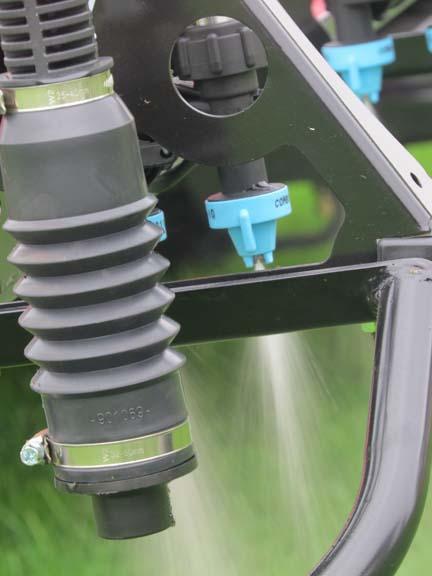It's easy and convenient to blame the weather for all of the problems that plague golf.
 Too wet; too dry; too hot; too cold. Conditions are rarely just right in this game.
Too wet; too dry; too hot; too cold. Conditions are rarely just right in this game.This year, however, those who like to pass the buck along to Mother Nature might have a point.
Lingering winter conditions have delayed openings throughout much of the northern tier of the country, and near-record cold temperatures a little farther south have created all kinds of challenges for superintendents managing warm-season grasses in the transition zone - and beyond. Until the next big story comes along, the 2018 golf season in much of the season appears to be defined by the weather.
Even Major League Baseball has recorded more weather-related delays in April - including many associated with snow and cold temperatures - than in any other opening month of the season in the past 32 years.
This spring, if you can call it that, has indeed been "wacky" and in some instances has affected application timing of pre-emergent herbicides, according to Dave Gardner, Ph.D., associate professor in the department of horticulture and crop science at Ohio State University, and one of the country's leading weed scientists.
In a Turf Tips video for the Ohio Turfgrass Foundation, Gardner discusses that the average temperature in Columbus was 46 degrees Fahrenheit through the first three weeks of April, compared with 59 degrees in 2017. The average daily high for the month has been just 56 degrees, which is 15 degrees behind schedule according to the National Weather Service. The average daily low of 36 is well off the historic average of 48 degrees.
In the end, this month is on track to be the coldest April in at least the past quarter century. Conversely, last April was the hottest in the past 25 years, according to the NWS.
I'm leaving because the weather is too good. I hate London when it's not raining."
Groucho Marx
"That does somewhat change up the timing of our herbicide applications, or actually does it?" Gardner said.
Phenological indicators for crabgrass applications, like forsythia bloom, have been the same this year and last despite the temperature differences, he said.
In the past few days, Gardner noted soil temperatures of 47 degrees in the top 2 inches at the OSU turfgrass research facility. With crabgrass emerging when soil temps are in the upper 50s, which likely will be in a week to 10 days, he says, so the time to treat for crabgrass in central Ohio is now. Although that is not a cookie-cutter solution, his advice provides a template for others to follow.
"Get your pre-emergents down now so they have a little bit of time to be activated, that is dispersed by rainfall in order to get that layer spread on the ground and effective."
In areas where winter annual broadleaf weeds are beginning to bloom, Gardner suggests making herbicide applications now before they seed. He recommends ester formulations because they are more suited to the prevailing conditions this spring.
"It's going to be far more effective," he said, "in the cool conditions that we're having this year."

